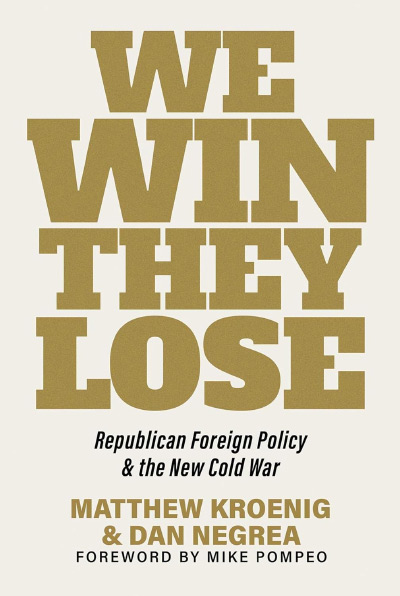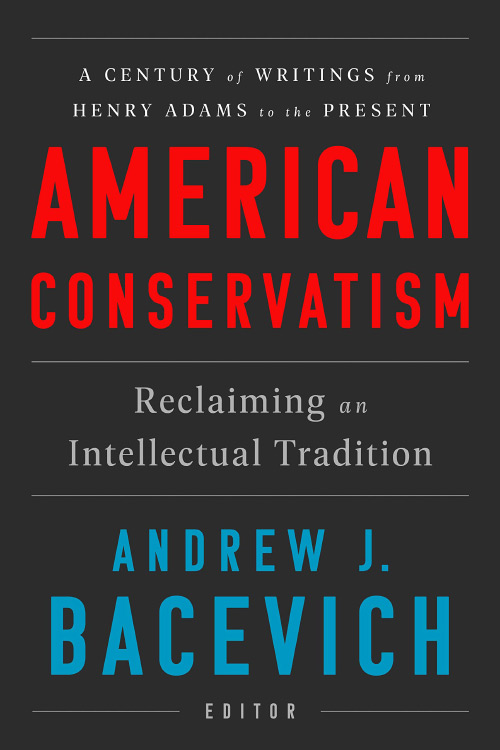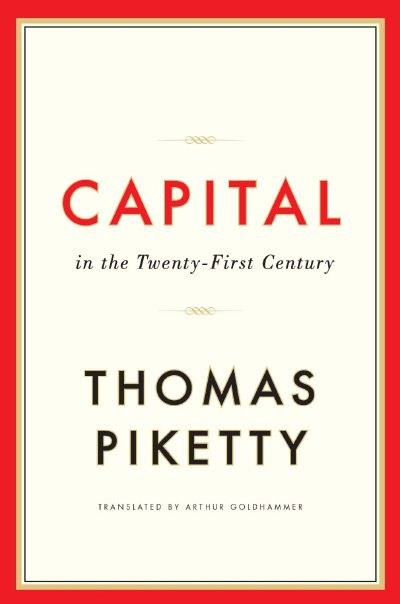The Past and Future of America’s Economy is a discourse on the economic and political history of the United States and its economic prospects. Robert Atkinson is vice president of the Progressive Policy Institute, and the book is written from a New Democratic perspective. The author favors policies to reorient macroeconomic policy away from short-run issues of using fiscal and monetary policy to tame the business cycle (or inflation) and toward government actions that promise to promote growth and productivity improvement. President Bill Clinton’s efforts to produce balanced budgets and even surpluses (thereby increasing national saving and lowering interest rates) are examples. Unlike many within the Republican Party, however, Atkinson sees an important role for government in fostering advance at the microeconomic level, particularly in areas involving pro-growth regulation or its reconfiguration, financing of research and development, and the creation of data-interchange standards. The strongest chapters in the book come toward the end (for example, chapter 9), where the author details specific policy initiatives he believes would be beneficial in increasing growth in output per hour in the economy. Atkinson has been involved in developing several of these proposals and can speak about them with authority.
Atkinson’s motivation for the historical emphasis is his belief that the U.S. economy has undergone discontinuous waves of economic change approximately once every half century. These changes, in turn, have required changes in the economy’s institutional and regulatory structure in order to yield their full benefits. The “Third Way” championed by Atkinson and the Progressive Policy Institute aims to transcend what are viewed as reactionary tendencies both within the Democratic Party, which wants to build upon (rather than simply preserve) the New Deal and restore the economic world of the 1950s and 1960s, and within the Republican Party, which wants to restore the world of William McKinley and Calvin Coolidge and return to the economic world of the 1890s or the 1920s.
Atkinson views the Great Depression as the consequence of the exhaustion of one of these technological Kondratief cycles. He interprets the collapse of productivity growth between 1973 and 1995 as the consequence of the exhaustion of the regime that followed the depression, a regime based on large-scale industrial corporations, long-term employment relations, high levels of union membership, corporate planning and pricing power, and the use of what was formerly called military Keynesianism to assure a high level of capacity utilization and low to moderate unemployment rates. The revival of productivity after 1995 reflects in his view the birth of a new regime. He grants that the stock market overshot in the 1990s, but he points to the high rates of productivity growth so far in the twenty-first century (the latest Bureau of Labor Statistics data show growth in output per hour in the private nonfarm economy averaging more than 4 percent per year between 2001 and 2004) as evidence that we are only in the beginning stages of reaping the gains from the revolution in information technology (IT).
Using historical as well as contemporary examples, Atkinson also points out that Schumpeterian creative destruction wrecks economic rents at the same time that it tends to increase output per hour. Thus, the title-search industry is not enamored of the possibility of computerizing land records and recording, nor do car retailers want consumers to be able to buy a car on-line directly from a manufacturer. In some cases, government can play a useful role in engineering Kaldor-Hicks improving moves (the economic pie expands, even if not all losers are compensated).
The book is stronger on policy than on history, and one would have to give it a mediocre grade as a work in economic history. Were I a referee for the Journal of Economic History, none of its chapters would get a pass. Even judging the book as a work of synthesis, I find much wanting. The further back in history it goes, the more its material becomes a hodgepodge of facts and data intermixed with sometimes sweeping generalizations. Atkinson’s interpretation of the Great Depression as reflecting technological exhaustion ignores evidence that the growth rate of total factor productivity between 1929 and 1941 was higher than during comparable periods in the twentieth century (see Alexander J. Field, “The Most Technologically Progressive Decade of the Century,” American Economic Review 93 [September 2003]: 1399– 413). His explanation of the productivity downturn after 1973 is simply an assertion: the evidence is, well, that productivity growth turned down.
Sources for the historical material range from books by management gurus and futurists to newspaper columns to economic textbooks. There are many errors, large and small, in interpretation and citation. The Brookings Institution’s Edward Denison comes through as “Harvard’s Alan Dennison” (p. 145), and the Kennedy School’s F.
M. Scherer is confused with former ambassador Derek Shearer (p. 175).
Although the author scores some valid points in suggesting different emphases for economists, much of the criticism falls flat, suggesting lacunae in his understanding of some of the concepts and logic of macroeconomic theory. In indicating, perhaps correctly, that productivity growth is the most important measure and determinant of economic performance, Atkinson contrasts this emphasis with a concern about “‘input’ indicators like the value of the stock market, the inflation rate or the trade balance” (p. 141). How the inflation rate or the trade balance or even the value of the stock market can be interpreted as an input escapes me. He criticizes “neoclassical economists” for ignoring quality improvements in capital (p. 147), whereas in fact economists such as Michael Boskin and Dale Jorgenson were in the forefront of pressuring the government statistical agencies to use hedonic methods to account for such improvements. Indeed, there is now so much accounting for IT “quality” improvements that growth in the IT-producing industries is probably overestimated, leading to upward biases in estimates of the growth rate of total factor productivity in those sectors and underestimates in the IT-using sectors.
Atkinson claims that economists focus on capital accumulation as the motor of growth, neglecting technological change (p. 247). What is his evidence? Does Atkinson really believe this view is consistent with the Solow growth model or with the many growth-accounting studies that decompose growth in output per hour into the separate effects of capital deepening and growth of total factor productivity? And how can it be revolutionary to suggest that economists should “focus on the real economy not prices” (p. 249), when one of the first things a student of macroeconomics learns is the distinction between real and nominal magnitudes? This kind of criticism simply misses the mark.
Atkinson is at his best when he discusses developments in the twenty-first century and the prospects for future growth, particularly in the service sector. He is also generally stronger in his discussions of economic policy than he is of economic history. The points he makes about the long-term benefits of technological progress (even if it temporarily causes some workers to lose their jobs) are correct, but unexceptional to anyone who has taken an introductory course in economic growth. The critique of the empirical basis for the claims of supply-side economics and the current Republican religion of tax cuts is well done and on target.
Reviewing this book from the standpoint of an academic economist, I am struck by the fact that there is another universe in which policy shops crank out volumes buttressing their positions. The standards of logic and the use of data in these works are oftentimes pretty awful. By those standards, Atkinson’s book is not bad. The author is not out to twist the truth. He has, however, taken upon himself the task of drawing lessons from a century and a half of U.S. history as well as looking into the future. This is a daunting project, and he undertakes it with only partial and incomplete understanding of the relevant theory and of the history and historiography of the periods he treats. Atkinson deserves credit for having bitten off and swallowed a big chunk. Nonetheless, I am obliged to point out that he has not digested much of the material thoroughly.
However, one should not let academic economists off the hook, either. Many economic historians are only beginning to think seriously about the twentieth century as a historical epoch, and many of the leading lights in productivity measurement lack a serious appreciation of U.S. economic history before the mid–twentieth century. This condition creates a void into which Atkinson has stepped—one reason a market will exist for this book.
| Other Independent Review articles by Alexander J. Field | |
| Spring 2003 | The Free Market Innovation Machine: Analyzing the Growth Miracle of Capitalism |


















